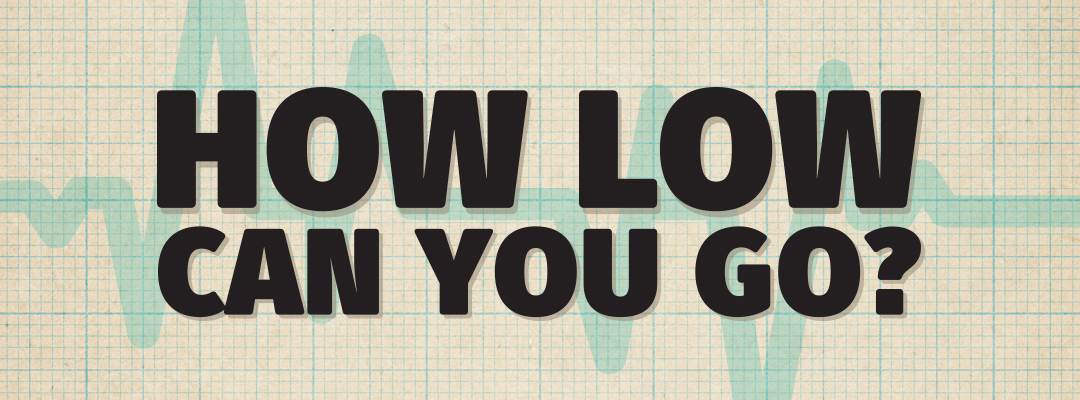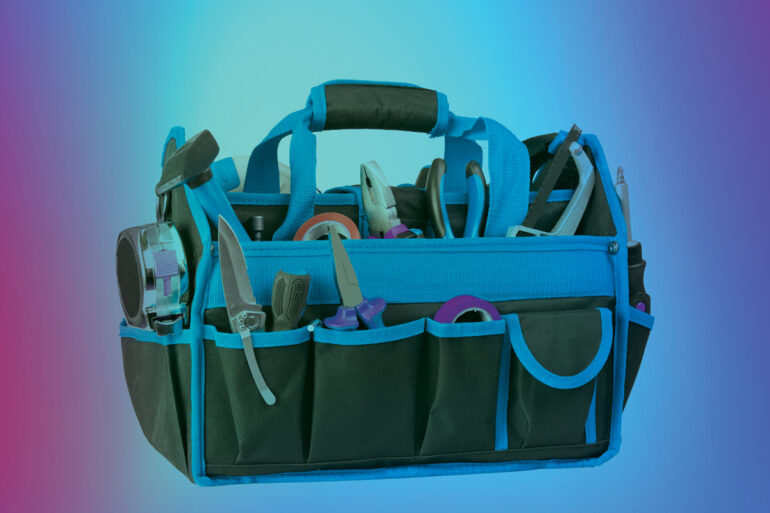A business stress test may save your company from future disasters

Dan Cunningham gets paid to expect the worst. The companies that rely on his business analysis services are grateful for his insistence that troubled times are never far off. Why? Because history has proven him right, and in Cunningham’s experience, misplaced optimism is a business killer.
“The biggest mistake people make is overextending themselves when times are good, thinking that sales growth will last forever,” says Cunningham, owner of The Business Ferret. “During times of growth, it’s really important to get tight on margins because there’s no doubt that [an economic slowdown] is going to happen again.” Some slowdowns are worse than others, but a decade ago, a prolonged period of highs was followed by an economic near-death experience.
2008: A Real-Life Lesson on How Bad Things Can Get
The 2008 economic crisis, known as the Great Recession, spared no industries, but few businesses were hit harder or suffered longer than pool companies.
Service departments endured the worst of it. As financially strapped consumers were faced with tough decisions, pool-maintenance often took a backseat to more immediate household necessities. In many cases, homeowners simply stopped treating their pools or even kept them closed altogether. The steep rise in unemployment brought on by the recession was a double-edged sword: Not only did out-of-work pool owners not have the money to hire service companies, but they had the free time to clean and maintain their pools themselves.
It quickly became clear that America’s banks were woefully unprepared for economic crisis. To prevent a repeat, the Federal Reserve began subjecting major financial institutions to simulations that mimic dire economic challenges such as steep unemployment spikes, plummeting oil prices and stressed loan markets in order to gauge their ability to weather another economic storm.
As part of his analysis services, Cunningham subjects the businesses owned by his roughly 50 clients to a similar gauntlet. He runs a forecasting model called a “stress test,” which does exactly what the name implies: tests businesses to see how much stress they could tolerate in the face of a serious downturn.
The Stress Test
“We’re trying to learn how they would react to that scenario,” Cunningham says. “How bad would it have to be for a business to not survive — or what mistakes could they avoid to prevent that from happening? How can we not panic? How can we avoid cutting staff, which is the first thing most businesses do during a crisis?”
His stress tests strain his clients’ financials toward a near worst-case scenario, which many businesses are not prepared to survive.
“Let’s say we just finished the July financials and put them into the analysis,” Cunningham says. “Now let’s go out to September and assume you suffer a 5 percent decline in sales that month. We forecast what it looks like on the balance sheet, income statement, cash flow and all that. Now let’s presume it’s October, and sales decline another 10 percent. Then in November, another 5 percent. What I want to find out is what things would you do first in a slowdown. What about in a severe slowdown? What do you do other than the traditional things like cut staff if something bad came out of nowhere?”
For Scott Waldo, president and founder of Platinum Pools in Houston, that something bad came in the form of Hurricane Harvey, a Category 4 storm with 130-mph winds that dumped record-breaking rainfall on Texas, left tens of thousands of residents homeless and took more than 80 lives.
Aside from the devastating human toll, the storm was bad for business.
Five of Waldo’s customers immediately canceled scheduled installations and eight others postponed. Traffic and phone calls dropped by 30 percent.
Such a sudden and dramatic hit would be enough to sink many businesses, but Waldo was prepared for the worst. He didn’t need an analyst to run a hypothetical stress test on his business. He survived the greatest real-world stress test in modern history: the Great Recession, which caused a 20 percent sales slump that forced him to learn critical survival skills.
Lessons Learned: The Six Steps to Surviving Stress
The takeaways from Cunningham’s simulated stress tests are strikingly similar to the lessons Waldo learned when he outlasted the recession in real life:
Re-Evaluate Hiring Protocols
Businesses tend to over hire when they’re busy and cut staff too soon when a downturn arrives.
“If there are people you can afford to cut during a downturn, why do you have them there in the first place?” Cunningham asked. “Unless you’re really screwing up, no slowdown is going to last forever. If you cut people out, which is the first thing most companies do, you wind up cutting right into the resource you need as soon as you bounce back again, and then you have to retrain and spend a lot of money.”
Waldo concurs.
“From 2001 to 2007, things were so good we just hired a ton of people without first seeing if there were ways to streamline our processes,” he says. “When the recession hit, we had to let 20 percent of the staff go. You know what we found out? That we didn’t know why they were there in the first place.”
Unload Inventory
Inventory gluts force businesses to issue artificial discounts, yet many businesses over-order during tough times in anticipation of a recovery.
“Move your stock out and get it to a much lower level,” Cunningham says. “It’s safer to have too little coming out of a stress test than too much.”
Spend as Much as You Can on Advertising During Highs
Before 2008, Waldo spent big on advertising, which made him a familiar face in his community. When the recession set in, he pulled dollars out of his marketing budget without diminishing his brand power.
“We always spent a ton of money on marketing so we were capable of making ourselves a household name,” Waldo says. “When 2008 hit, we didn’t have to worry about spending as much money and we decreased our advertising budget. For other companies who nobody knew who they were, they had to increase their advertising budgets because not as much business was coming in.”
Keep Prices Up During the Good Times
Don’t be afraid to lose the buyers willing drive 70 miles to save a few bucks. According to Cunningham, they only represent 5 or 10 percent of any customer base. By chasing them, you’ll give discounts to the other 95 percent who wasn’t concerned with spending a little more in the first place.
“When the money’s rolling in, it’s easy to lose track that your gross profit margin is slipping a little bit,” Cunningham says. “You have to maintain those prices to make sure you only have the customers you want coming in as opposed to thinking ‘I want all the sales I can get.’ No, you don’t. You’re not Walmart. You can’t afford to let your margins slip. The worst-case scenario is a situation where sales are slowing down and you’re selling your product for less at the same time.”
Cut Off the Limbs to Save the Body
Part of the reason Waldo survived the Great Recession is because he took early, decisive action to close satellite offices in Dallas-Fort Worth so he could concentrate his dwindling resources on his main office in Houston.
“The margins weren’t there to keep those offices open,” he says. “I had to concentrate everything on the mothership because if that sinks, everything will sink with it. Too many people hang on too long if they see the market going down. Don’t hang on. Make the cut as fast as you possibly can. You can always go back and rebuild when it goes back up, but if you don’t make those tough decisions to make those cuts, there might not be a business left for everyone who’s still there with you.”
Get Out of Debt When You’re Up
Waldo says extended growth periods provide the perfect opportunity to reduce debt. “When things are good, people tend to borrow more,” Waldo says. “Then when sales plummet, they have to drain their businesses to maintain their lifestyles.”
Test for Stress, Because Stress is Coming
Although Waldo is an owner and Cunningham is an analyst, both men have one thing in common: They smell trouble. Cunningham expects the economy to start tightening in
mid-2018.
“The stock market is up,” Cunningham says. “But that’s the wrong indicator to identify a coming slowdown. Bank lending is slowing down, and it has been for quite some time. The real interest rates adjusted for inflation were at -2 percent three or four years ago. Now we’re at just about zero. Money supply is getting pulled back. The Federal Reserve is talking about unwinding the stimulus policy. All those things are going to cause problems and slow us down, and the economy is already starting to show evidence of it across the board.”
Waldo’s perspective is less analytical and more historical — but equally as urgent.
“We’re on a pretty long bubble,” Waldo says. “It hasn’t been a great bubble, but a long one — probably six, seven years coming out of the recession. That’s a long time without having a downturn, so we’re due.”






